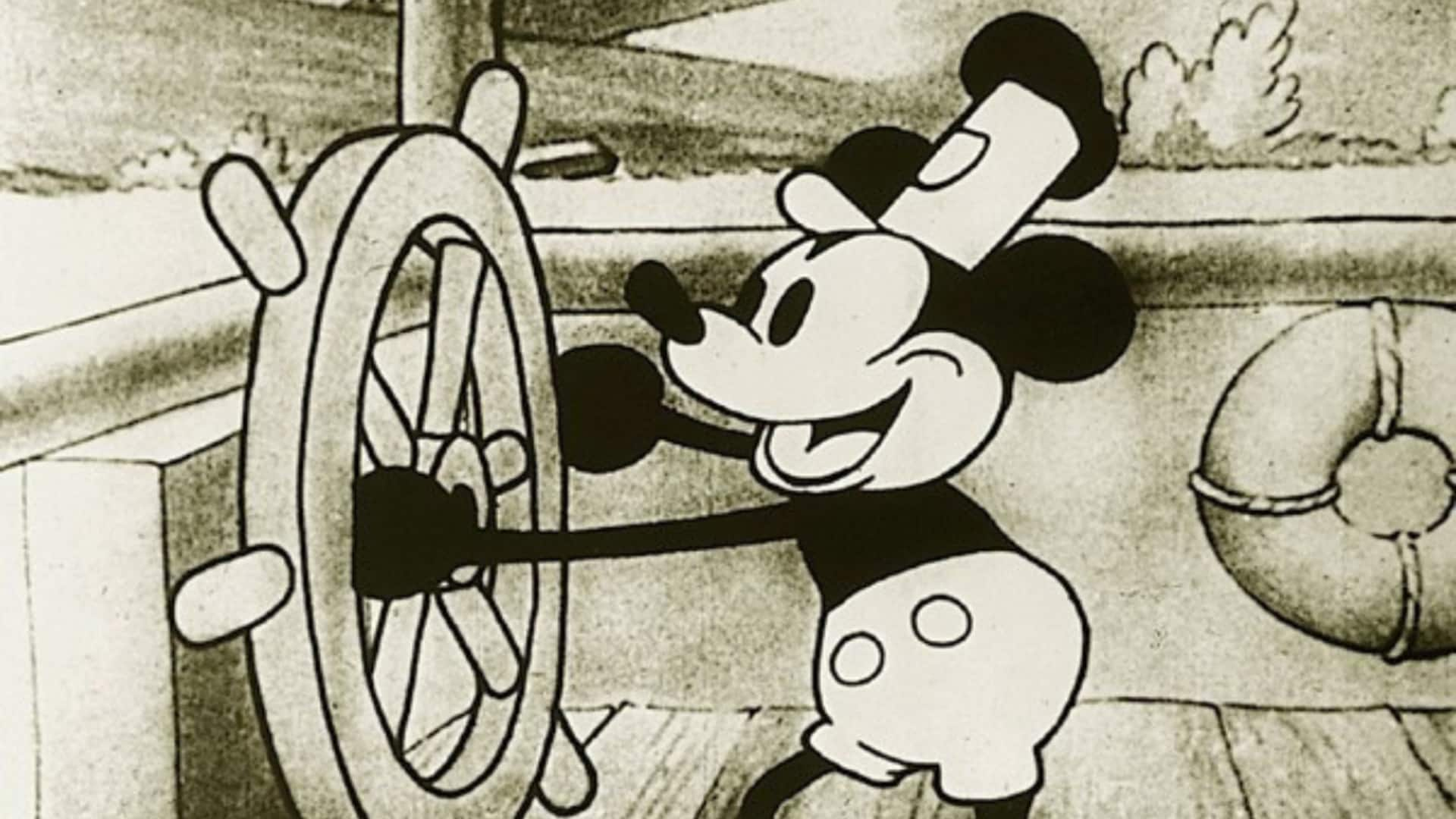
Animated animals: From hand-drawn charm to CGI magic
What's the story
Animated animals in US cinema have come a long way, from the early hand-drawn figures to today's sophisticated CGI. This transition reflects both technological advancement and the evolving taste of audiences. By looking at key milestones, we understand how these characters, with their charm and relatability, took center stage in film narratives.
#1
'Steamboat Willie' and the birth of iconic characters
In 1928, Steamboat Willie introduced us to Mickey Mouse, the turning point for animated animals. This short showcased synchronized sound, a revolution at that time. Mickey's success opened doors for other iconic characters like Donald Duck and Goofy. The early animations depended on simple yet expressive designs that struck a chord with audiences. These characters's popularity laid the ground for future animation developments.
#2
The Golden Age: Technicolor transformations
The introduction of Technicolor in the 1930s and '40s made animated films visually appealing. Characters such as Bambi and Dumbo were introduced during this era, with animation being more detailed. Studios invested a lot in creating vibrant worlds to entice the audience. This period also highlighted storytelling depth, with narratives exploring themes like friendship and perseverance through animal protagonists.
#3
Renaissance Era: A new wave of animation
The late '80s to mid-'90s were a renaissance for animated films with animals. Movies such as The Lion King and Beauty and the Beast blended traditional animation with computer-generated imagery (CGI). The combination enabled more dynamic scenes while retaining classic animation charm. These films found commercial success worldwide, proving that well-crafted stories with animal characters can strike a chord across cultures.
#4
Modern era: CGI dominance
Today's animated films mainly leverage CGI technology to design realistic animal characters with remarkable detail. Movies like Zootopia highlight sophisticated rendering techniques that animate fur textures and realistic movements on screen. The emphasis has moved toward designing immersive environments where animal characters blend in seamlessly into human-like societies or fantastical worlds.